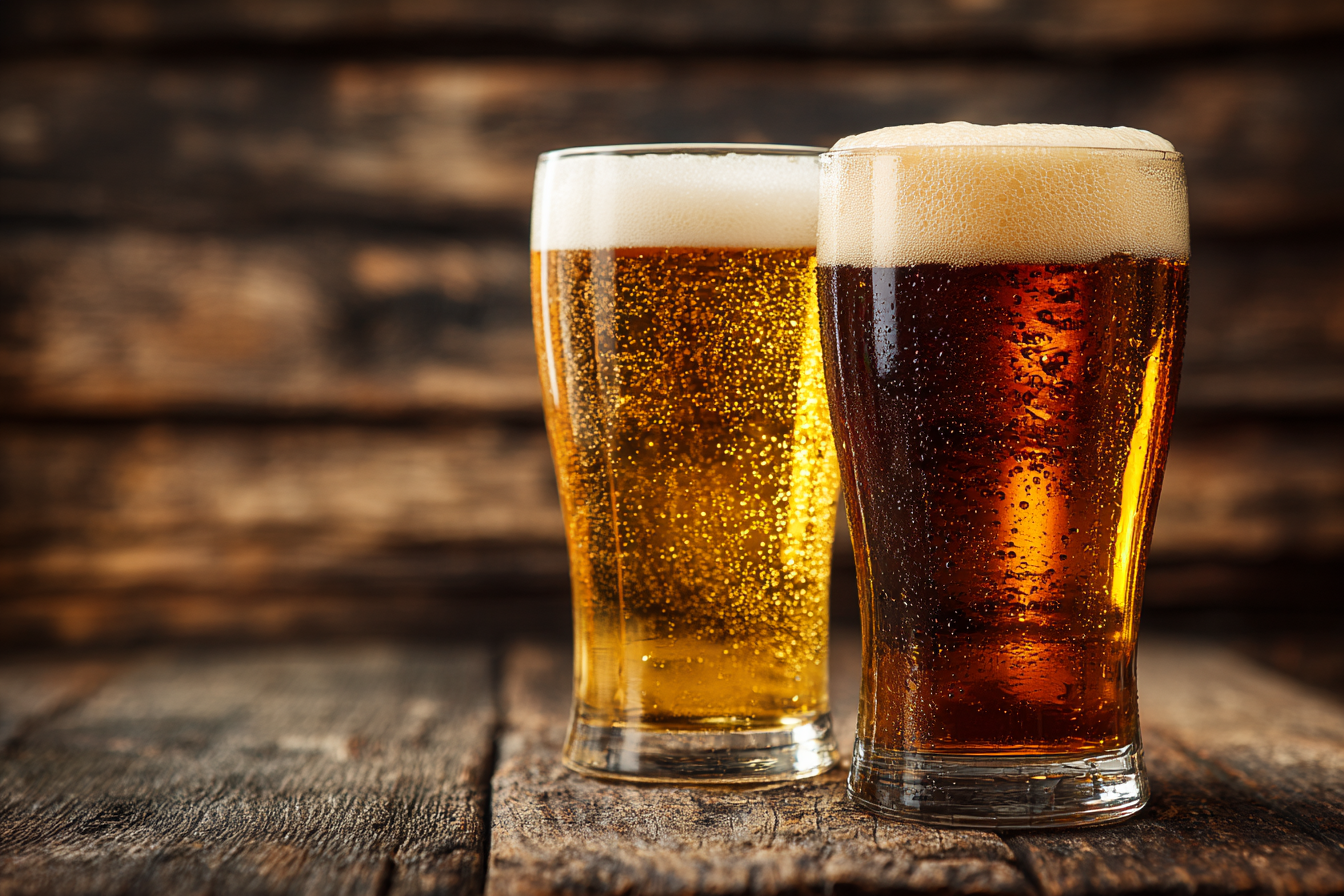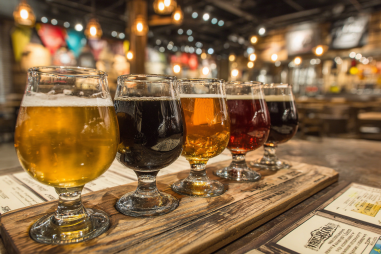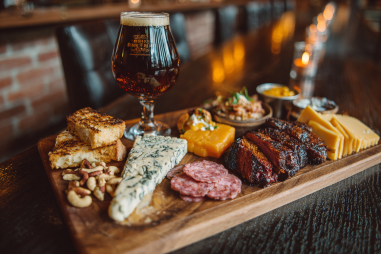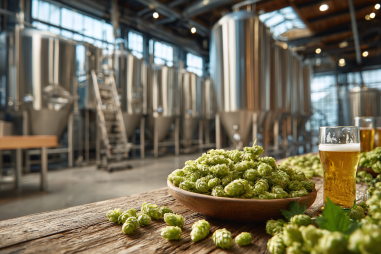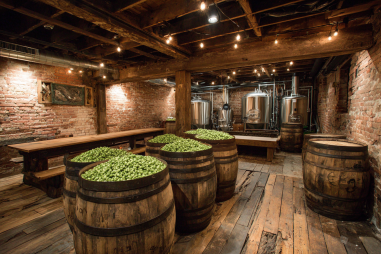When you hear the term “cream ale,” it might evoke images of rich, creamy beers, but what exactly sets Cream Ales apart from the more commonly known lagers? At first glance, these two styles can appear similar – both often pale, light-bodied, and easy to drink. However, beneath these surface-level resemblances lie significant differences in their brewing processes, yeast strains, and flavor profiles that make each unique. If you’re a beer enthusiast or just curious about what makes beers tick, understanding these distinctions can deepen your appreciation for Cream Ale and why it truly stands in a class of its own.
Introduction to Cream Ale and Lager Styles
Cream Ale is a style that was developed in the United States in the 19th century as an attempt to replicate the smoothness and lightness of lagers but brewed using ale yeast. Despite the name “cream,” it doesn’t actually contain dairy ingredients; the term refers more to the smooth, creamy mouthfeel that brewers aimed to achieve. Cream Ales are typically pale in color, light in body, and have a clean, refreshing taste that makes them very approachable for many drinkers.
Lagers, on the other hand, represent a broad category of beers brewed using bottom-fermenting yeast strains at cooler fermentation temperatures. This traditional process results in beers that are crisp, clean, and often more subdued in fruitiness than ales. Lagers encompass a wide range of substyles, including popular types like American lagers, pilsners, bocks, and Märzens, each with its own unique characteristics.
Differences in Yeast and Fermentation
One of the most defining differences between Cream Ale and lagers lies in the yeast and fermentation process used to produce each style.
- Cream Ale: Cream Ales are brewed using ale yeast, typically Saccharomyces cerevisiae, which ferments at warmer temperatures (generally between 60-72°F or 15-22°C). This ale yeast tends to produce more fruity and complex esters, giving Cream Ale subtle notes of apple, pear, or other delicate fruitiness, depending on the exact yeast strain and fermentation conditions.
- Lager: Lagers utilize bottom-fermenting yeast, Saccharomyces pastorianus, which thrives at significantly cooler temperatures (around 45-55°F or 7-13°C). This slow fermentation at cooler temps results in clean flavors, minimal fruity esters, and a crisper finish. The yeast also often settles at the bottom of the fermenter, hence the name “bottom fermentation.”
Interestingly, Cream Ales sometimes undergo a secondary fermentation or “lagering” phase at cold temperatures, similar to lagers, to smooth out some of the ale yeast’s character. This hybrid approach helps explain why Cream Ales can be somewhat confusing—ale yeast combined with lagering techniques creates a unique style that blurs lines.
Flavor Profile Comparisons
When tasting a Cream Ale side by side with a lager, the differences and similarities become clearer:
- Cream Ale: Cream Ales generally present a soft, mild malt sweetness with gentle fruity undertones. They often have a light grain character with hints of corn or honey, lending to a slightly creamy mouthfeel despite the lack of dairy. The hop profile is usually light, providing just enough bitterness to balance the malt without overshadowing it. This results in a pleasantly smooth, easy-drinking beer that carries subtle complexity.
- Lager: Lagers tend to be drier and crisper with a clean finish. The malt flavors are usually restrained and often lean toward light bread or cracker notes. Depending on the subtype, lagers may showcase varying hop bitterness levels and hop aroma profiles—from subtle floral notes in traditional German lagers to more pronounced bitterness in American lagers.
In essence, Cream Ale offers a middle ground of sorts: ale-driven fruitiness tempered by lager-like smoothness and lightness. Lagers put forth a more straightforward, no-frills drinking experience that highlights crispness and clarity.
Brewing Process Distinctions
Beyond yeast and fermentation, the overall brewing method for Cream Ale diverges from traditional lager production in interesting ways:
- Mashing and Grains: Both Cream Ales and lagers often rely on pale malts as a base, but Cream Ales frequently incorporate adjuncts like corn or rice to lighten the body and color, resulting in a less robust malt presence. Lagers can also use adjuncts but often emphasize malt flavor more prominently depending on the specific lager style.
- Fermentation Time and Temperature: Cream Ales are fermented warmer and faster than lagers, but often followed by a colder conditioning phase, or “lagering,” to polish the beer’s flavor. Lagers spend longer fermenting and maturing at colder temperatures, sometimes several weeks, to achieve their characteristic crispness and clarity.
- Finishing Techniques: Cream Ales typically undergo filtering and carbonation methods that highlight a smoother mouthfeel. While lagers also employ filtration and carbonation, the key difference is that lagers rely heavily on the extended cold conditioning to remove unwanted flavors and yeast sediment, leading to their signature clarity.
Serving and Storage
Both Cream Ales and lagers are best served cold, but particular attention to serving temperature and storage conditions can optimize the drinking experience for each style.
- Cream Ale: Ideal serving temperatures range from 40°F to 50°F (4-10°C). Slightly warmer than many lagers, this temperature range helps reveal subtle malt sweetness and fruity esters without compromising refreshment. Cream Ales are best consumed fresh to appreciate their vibrant character, though proper refrigeration can maintain quality for several months.
- Lager: Lagers perform well when served colder, generally between 38°F and 45°F (3-7°C), highlighting their clean, crisp nature. Proper cold storage is critical for lagers to preserve their flavor clarity and prevent spoilage. Many lagers benefit from long-term cellar aging to develop complexity, especially styles like Oktoberfest or Doppelbock.
Glassware choice can also subtly influence the experience. While both styles can be enjoyed from standard pint glasses, lagers sometimes shine in tulip or pilsner glasses that concentrate aroma and enhance carbonation perception, whereas Cream Ales’ creamy texture is nicely balanced in a classic American-style beer mug or nonic pint.
Popular Examples of Each Style
To get a better sense of these beers, here are some noteworthy representatives you might recognize or seek out:
- Cream Ale:
- Kansas City’s Free State Cream Ale
- Hubbard’s Cave Cream Ale by Bells Brewery
- Lager:
- Budweiser – A quintessential American-style lager
- Pacifico Clara – A crisp Mexican pilsner lager
- Paulaner Hefe-Weissbier – Though technically a wheat ale, Paulaner’s lager offerings demonstrate the variety within the lager category
Exploring these examples can provide hands-on appreciation of how the distinct brewing techniques and yeast choices affect the final product.
Why Cream Ale Deserves Its Own Category
Though historically Cream Ale emerged as an alternative to lagers, it should not be confused with them. The use of ale yeast, combined with cold lagering processes, creates a hybrid style that offers drinkers the best of both worlds: the fruity complexity of ales with the refreshing clean finish of lagers. This unique identity has earned Cream Ale a special place in the beer world, especially in North America.
Understanding Cream Ale’s nuances helps clarify why it isn’t merely a sub-type of lager but a legitimate, distinct style. By blending different brewing philosophies, Cream Ales open the door for creativity, balancing drinkability with subtle flavor depth. For anyone seeking a refreshing beer that’s both smooth and interesting, Cream Ale is definitely worth trying.
So next time you’re browsing beer options, don’t overlook Cream Ale. It’s a style rooted in tradition yet versatile enough to stand apart, proving that beer categories can always surprise and delight when you dig a little deeper.

